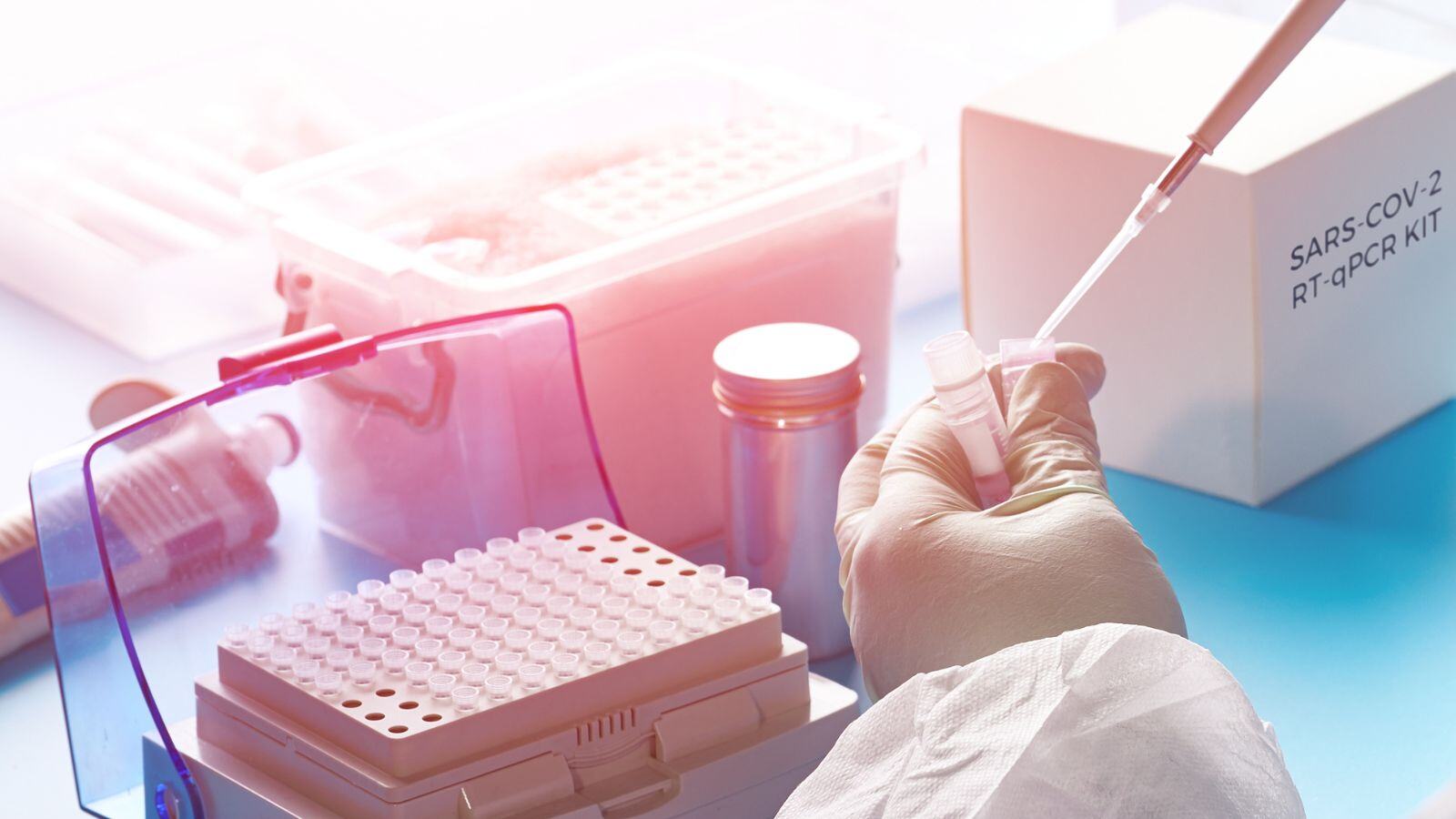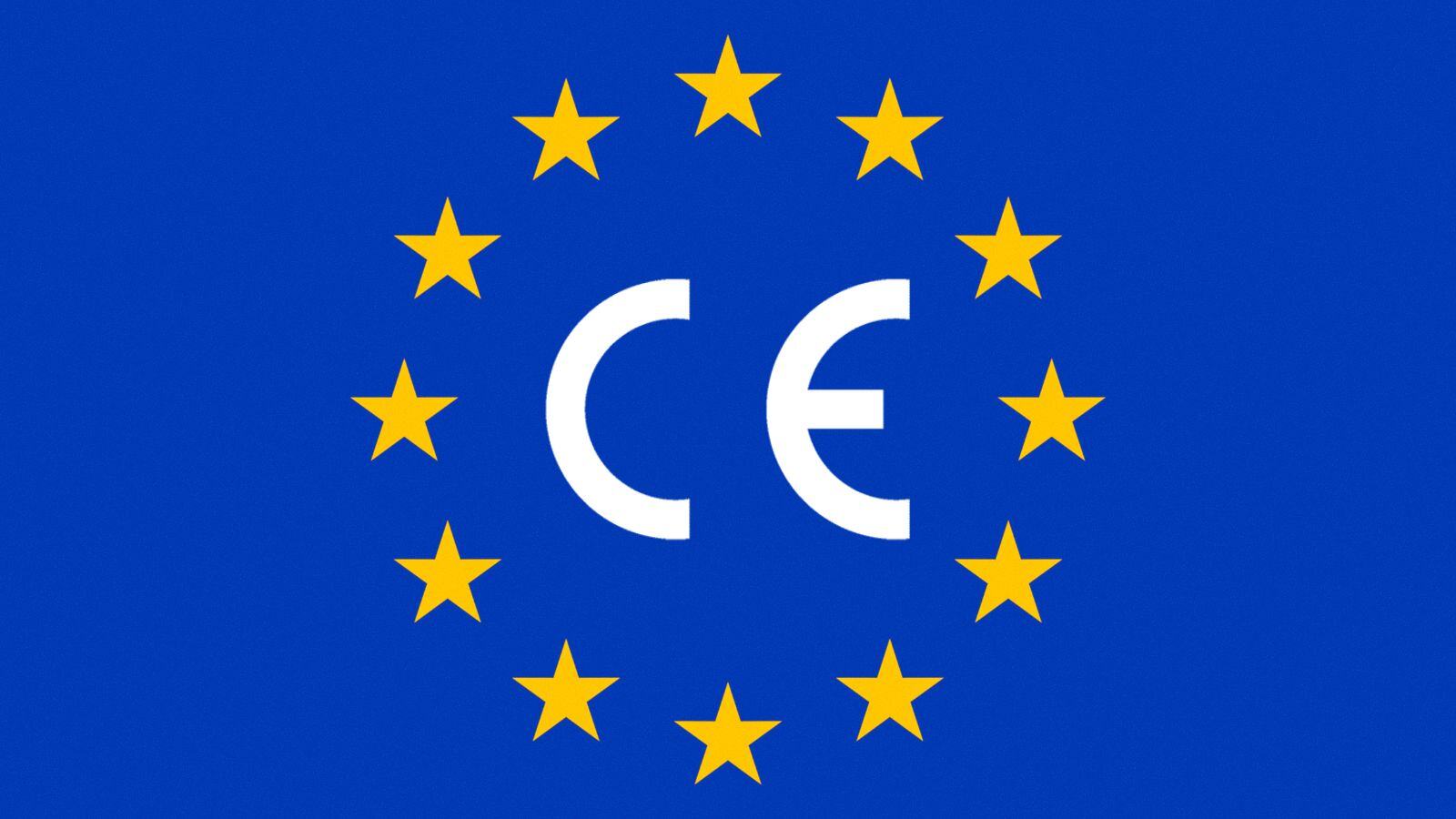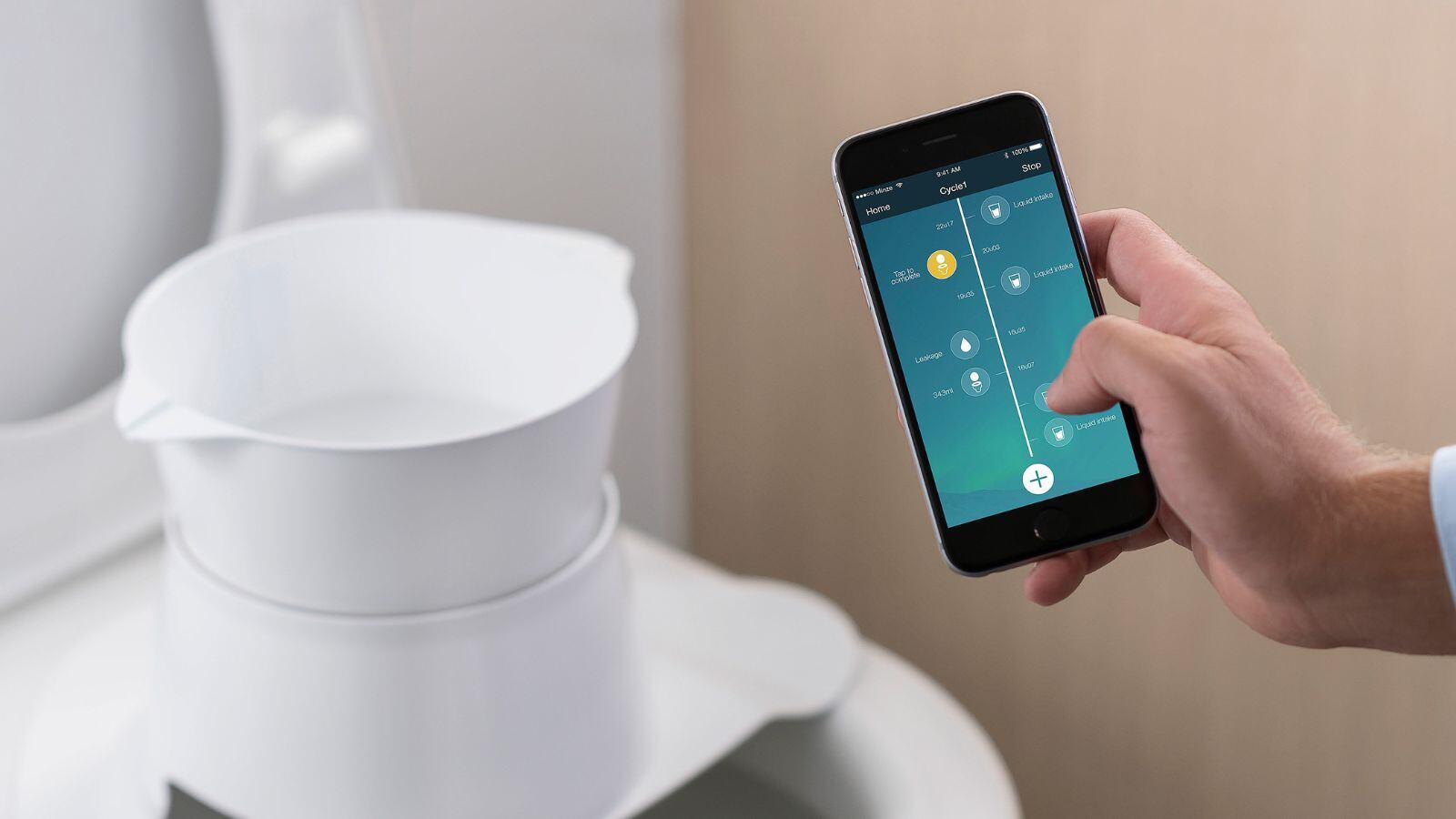- GDP inspectorate updates,
- regulatory updates,
- enforcement updates,
- new emergent trends and security,
- GDP compliance data,
- environmental changes and their impacts on GDP,
- updates on the Responsible Person for Import (RPi) responsibilities,
- and 10 years of Good Distribution Practice Guidelines.
Updates to Risk Based Inspection Programme (RBI)
An example of the topic covered on the GDP day was the updates to the Risk Based Inspection Programme (RBI) presented by speaker Tanya Giles, Head of GDP Team 1 and GDP Inspector at MHRA.
The RBI programme which has been operational since 2009 has been further adapted since the advent of Covid-19 and the Northern Ireland Protocol. For licenses with more than one site, the changes include:
- the use of unannounced/short notice inspections if required,
- hybrid inspections meaning a combination of remote and on-site inspections,
- inspections outside of your inspection cycle
- and a more holistic approach to using the agencies’ surveillance capabilities.
Backlog of Inspections and Verification of Suppliers
The presentations also clarified a common question of why so many expired GDP licences remain in the system. This was partly put down to the Covid-19 pandemic, which created a backlog of inspections, and, consequently, the inspectorate has had to conduct risk-based prioritisation of resources which is why it is not always possible to re-inspect every site.
Also discussed were the checks required to verify suppliers as GDP certificated and how to verify suppliers which are not listed on the MHRA GMDP database.
Day Two: GMP Topics
The second day was dedicated to GMP aspects and various topics were covered including:
- updates to GMP Inspectorates,
- Regulatory Positioning,
- Enabling Innovation,
- Root Cause Analysis – Bias and Effective Decision Making,
- and the importance of Quality System Robustness.
Enabling Innovation Presentation
The key presentation for this article was the enabling innovation presentation, presented by speaker Ian Rees, Assessor at the Innovation Accelerator, and Martine Powell, Lead Senior GMDP Inspector, MHRA.
The agenda for this presentation was to discuss the structure and support for innovation following the restructuring of the MHRA organisation, a discussion on the Innovation Accelerator and the changes in progress, an update on the point of care framework, the future areas of focus for the MHRA, and an overview of how the GMP compliance team supports innovation.
Support for Innovation Across the Lifecycle
The support for innovation across the lifecycle extends from the discovery phase through to the marketing authorisation and widespread adoption of the innovative product. During the discovery phase, different programmes of support exist to help developers bring their medicines to market.
Programs for Supporting Innovation
Examples of these services offered by the MHRA in conjunction with other public bodies include:
- Regulatory Science,
- Innovation Accelerator, Innovation Office (IO),
- The Regulatory Advice Service for Regenerative Medicine (RASRM),
- and Horizon Scanning.
The Innovation office was established in 2014, including the
- RASRM, established in 2014,
- Health Research Authority (HRA),
- Human Fertilisation and Embryology Authority (HFEA),
- and the Human Tissue Authority (HTA) to provide advice on regenerative medicines including advanced therapy medicinal products.
The purpose of the IO is to provide free and confidential regulatory information, advice, and guidance to academics, non-profit organizations, and patient groups involved in research and industry.
Horizon Scanning
Horizon Scanning is tasked with identifying emerging opportunities and challenges, to ensure that the regulatory remain capable of supporting innovation with respect to patient safety.
The methodology involves two parallel approaches:
- scanning signals identified via systemic searches of publicly available sources such as academic papers, media sources, and submission of signals from MHRA staff
- scanning signals from stakeholders from outside the agency
The stated aim is to identify trends and those that challenge current regulatory practices/frameworks or identify opportunities to support the safe and timely development of new innovative products.
Other Services for Supporting Innovation
The services in place to support innovation from pre-clinical to widespread adoption are available in addition to widely used scientific advice, clinical and regulatory inspections, and assessments.
Other services exist such as the Early Access to medicines scheme (EAMS) and Innovative Licensing and Access Pathway (ILAP). The early access to medicines scheme (EAMS) aims to give patients with life-threatening or seriously debilitating conditions access to medicines that do not yet have a marketing authorisation when there is a clear unmet medical need.
The Innovative Licensing and Access Pathway aims to accelerate the time taken for an innovative product to reach the market, facilitating widespread adoption of new medicines including new chemical entities, biological medicines, new indications, and repurposed medicines. In this blog post, we will be going into more detail on what the ILAP pathway is and its eligibility requirements.
Need advice or support?
Do you require expert advice and support to navigate the complex world of innovative licensing and access pathways for your organisation? We recognise the challenges and difficulties that come with this process, and we’re here to help.
Our team of knowledgeable experts will collaborate closely with you from idea to patent to understand your business needs and objectives and then offer specialised solutions to assist you in accomplishing them. With our expert guidance, you can confidently navigate the licensing and access pathway regulations.
Don’t let apprehension and confusion prevent you from moving forward. With our assistance, you can make sure your company complies with all applicable laws and regulations, maximising your chances of success.














%20Checklist.jpg)








.jpg)




.jpg)
.jpg)

.jpg)


.jpg)
.jpg)
.png)